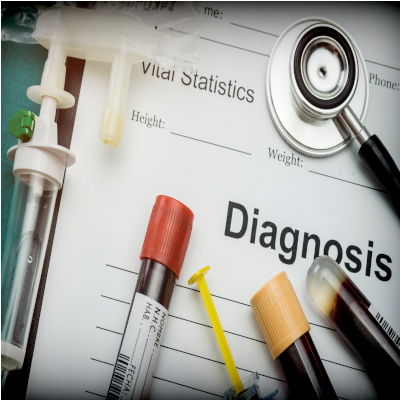The challenge in mapping Anatomic Pathology (AP) reports to LOINC comes from interpreting the narrative nature of the AP information system fields that comprise a report and determining component and property attributes in LOINC. Here’s a straight forward tip to help you find LOINC codes for your AP reports. Start with this question: 
Does the local AP information system create one large narrative from one field, or does it provide discrete fields for different sections of the report?
If there’s just one large narrative field, map that field to 33746-9 Pathologic findings.
If there are multiple computer fields breaking up your local AP report into discrete sections, then you should think of your local AP report as analogous to a lab order that is a panel, with each AP section corresponding to a lab result of the order. For example, a lab order of “Electrolytes” (LOINC 24326-1) groups 5 results:
• Sodium 2951-2
• Potassium 2823-3
• Chloride 2075-0
• Bicarbonate 1963-8
• Anion Gap 33037-3
Searching RELMA for components beginning with “path report” will reveal LOINC mappings for AP system fields representing the different report sections such as:
• Clinical history: 22636-5 Pathology report relevant history narrative
• Final diagnosis: 22637-3 Pathology report final diagnosis narrative
• Gross observation: 22634-0 Pathology report gross observation narrative
• Microscopic observation: 22635-7 Pathology report microscopic observation narrative other stain
Pathology LOINCs for Anatomic and Surgical disciplines often have specimen attributes of either ‘patient’ or ‘specimen’. The granulation that one might expect for specific tissues and organs are not present in the terminology, for the most part. There are a variety of LOINCs for immunohistochemical stains and for molecular pathology measures. However, if these do not chart on a patient report, they are not necessary to include in the local AP report mapping.
You can find more information regarding LOINC on the Regenstrief Institute website. If you have other terminology topics that you’d like us to discuss, or need help with terminology implementation or mapping, please contact us!

